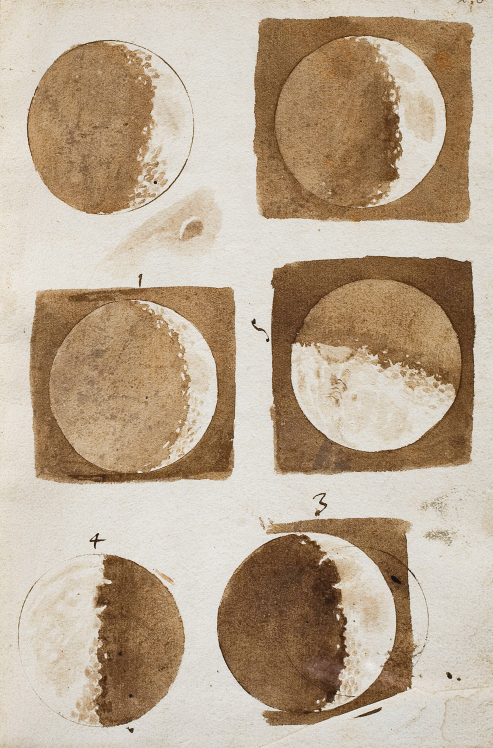What revolutionary discoveries were made in the sixteenth and seventeenth centuries?

Galileo’s Telescopic Observations of the MoonAmong the many mechanical devices Galileo invented was a telescope that could magnify objects thirty times (other contemporary telescopes could magnify objects only three times). Using this telescope, he obtained the empirical evidence that proved the Copernican system and sketched many illustrations of his observations, including the six phases of the moon shown here. (akg-
UUNTIL THE MIDDLE OF THE SIXTEENTH CENTURY, Europeans relied on an understanding of motion and matter drawn from the ancient Greek philosopher Aristotle and adapted to Christian theology. The rise of the university, along with the intellectual vitality of the Renaissance and technological advancements, inspired scholars to make closer observations and seek better explanations. From the sun-